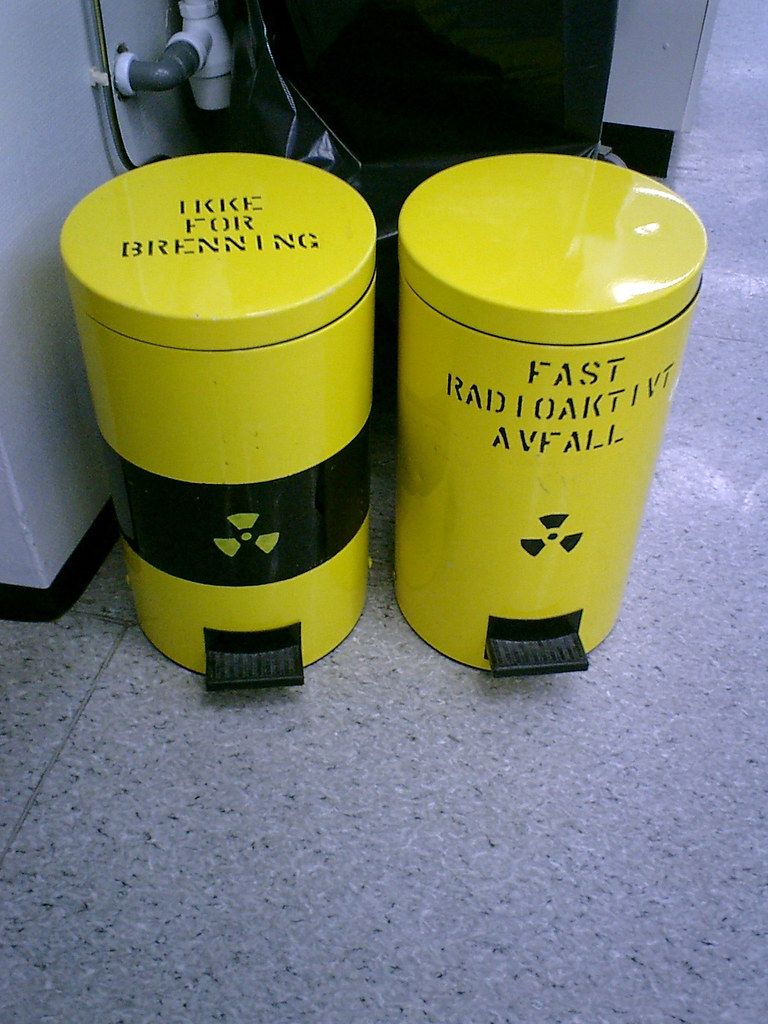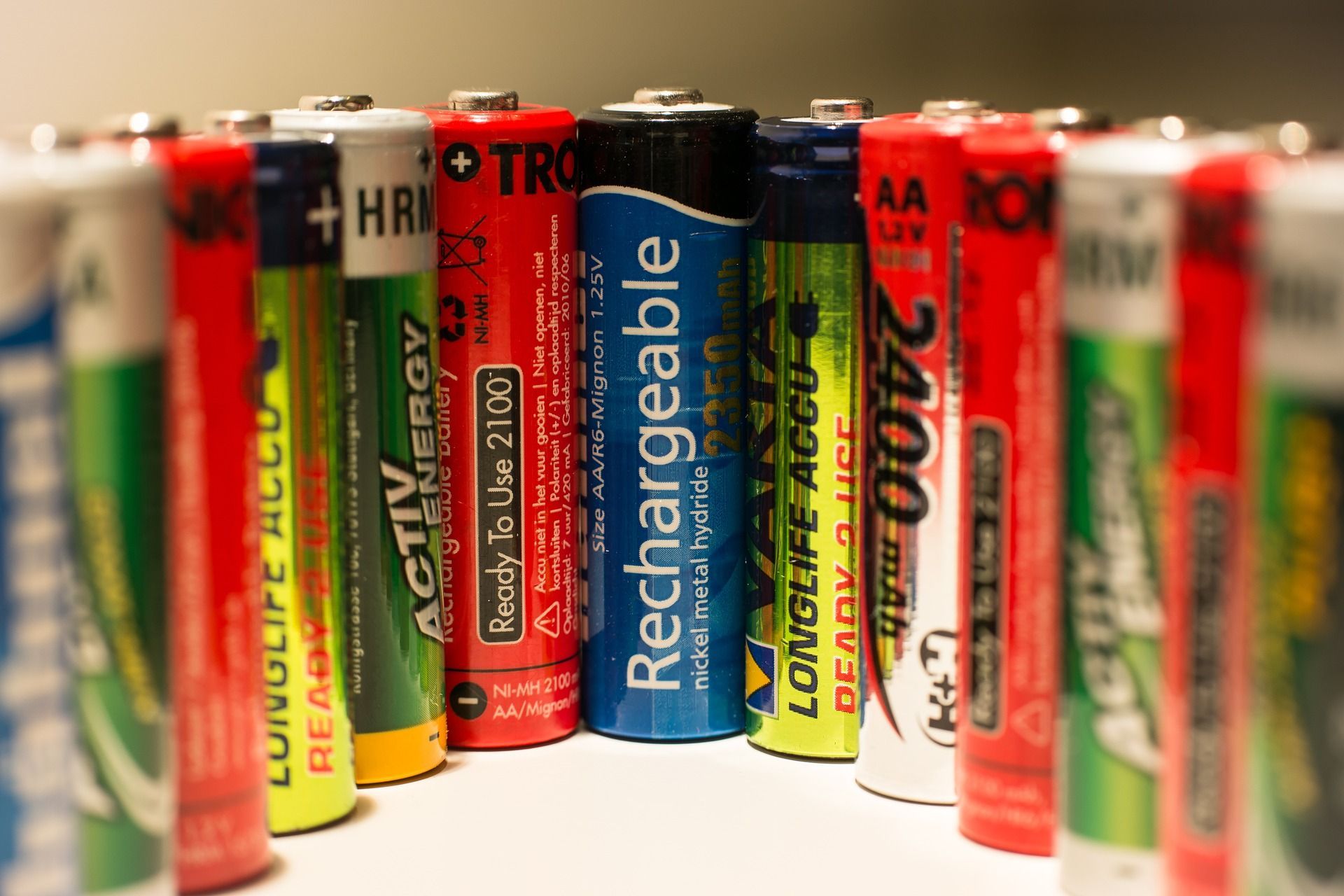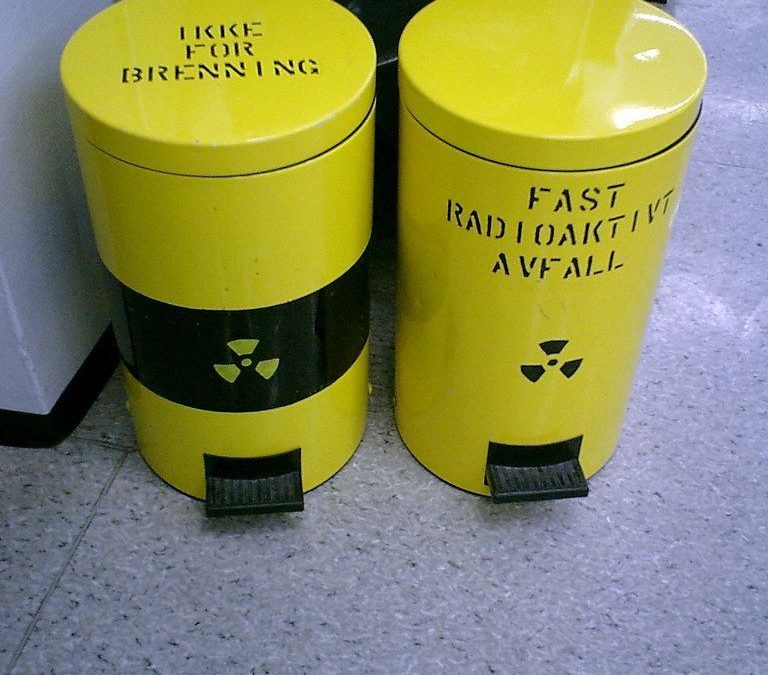
NDB, a company based in California, USA, claims to have found the solution for how to handle nuclear waste and how to have access to batteries that can cope with the increasing dependence on electricity in, among other things, means of transport, writes Physics-Astronomy.com
The company claims to have built a battery solely with the help of radioactive waste from nuclear power plants. According to them, the battery should have a lifespan of up to 28,000 years in objects that only use small amounts of energy. In addition, it will generate its own electricity, rather than store and extract electricity created elsewhere. And although the battery is made from radioactive material, it emits less radioactive radiation than a human body and is therefore completely harmless.
How does it work?
The battery is made of graphite, a common residual product from nuclear power plants. Graphite contains a carbon-14, a radioisotope best known for its use in archeology, to determine the age of ancient objects – thanks to its half-life of 5,730 years. When carbon-14 decomposes, nitrogen 14, an antineutron, and a beta decay electron are formed, something that the company suspected could be used to generate electricity.
By cleaning the graphite and converting it into microscopic diamonds, NDB claims to have produced carbon-14 diamonds that produce large amounts of electricity. As these diamonds are still radioactive, they are encapsulated in non-radioactive diamonds of carbon-12. Thus, these batteries have a protective shell that prevents the radiation from scattering, while the protection itself is guaranteed to – in principle – never break.
Current situation
NDB has so far released a proof-of-concept and announced that the work of getting market prototypes is underway in connection with their lab reopening after Covid-19. They are then expecting that the first variant, with low capacity, may be on the market within a couple of years. In about 5 years, they expect a higher capacity battery to be on the market.







